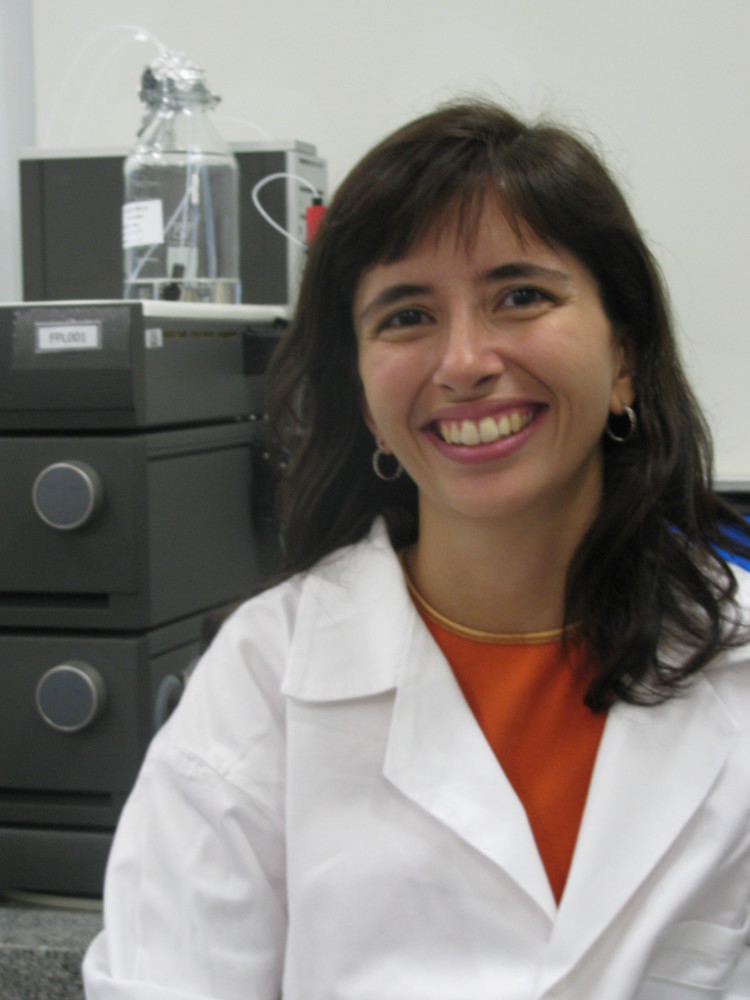By Jenny Deam
Houston Chronicle
WWR Article Summary (tl;dr) A Brazilian scientist and a team of researchers have been granted a six-month residency to work at the newly opened JLABS @ TMC, a joint effort between Johnson & Johnson and the Texas Medical Center. The woman led team has set its sights on developing new technologies to battle the Zika virus.
Houston Chronicle
Last year, noted Brazilian chemical engineer Leda Castilho was tucked away in her research lab at the Federal University of Rio de Janeiro, on the hunt for new technologies to fight yellow fever.
But something troubling was happening all around her.
An outbreak of a virus called Zika, transmitted through the bite of a mosquito, was spreading at an alarming rate. Although the virus has been around for decades and thought to be mostly harmless, doctors in Brazil were beginning to also see a spike in a birth defect called microcephaly in which babies were born with abnormally small heads and underdeveloped brains.
Speculation began to surface that perhaps the two incidents were somehow linked.
Soon the outbreak had marched across Brazil and cases were appearing in dozens of other countries. It also was crossing continents, and the word “pandemic” was beginning to creep into conversation. Doctors were becoming more convinced of a connection between the bite of a certain virus-bearing mosquito to a pregnant woman and the devastating consequences to her developing baby.
By November, roughly six months after the Zika virus appeared in Brazil, thought to have been imported from French Polynesia, the Brazilian government took the drastic step of declaring a national public health emergency. That is when Castilho switched gears and switched diseases.
Now she is in Houston, 8,000 miles from home, unpacking her equipment and her expertise in a new lab to fight Zika.
“I decided at that moment the research of my lab should be put to work to help the world effort,” she said in an interview.
She and a team of researchers have been granted a six-month residency to work at the newly opened JLABS @ TMC, a joint effort between Johnson & Johnson and the Texas Medical Center. Her team has set its sights on developing a new technology that could ultimately bring better and more accurate diagnoses as well as treatments and potentially a vaccine.
Their initial goal is to create virus-like particles from genetically engineered cells that mimic the outer structure of the viral proteins. Once developed they can be used to isolate anti-Zika antibodies, Castilho said.
At this time, there is no cure for the Zika virus although the race is on around the globe as the stakes continue to rise, including in Houston.
Houston is considered vulnerable not only because of its mosquito-friendly, subtropical climate, but also for its population that frequently travels back and forth to Caribbean and South and Central American nations where the outbreak is calamitous.
On Thursday, Legacy Community Health clinic announced three more pregnant Houston women had tested positive for Zika. That brings the total of infected pregnant women in the city to four after the first was announced in April. All of the women had contracted the virus while traveling outside the country.
Last month, Baylor College of Medicine was awarded more than $1 million from the National Institutes of Health to lead a study of people infected with the Zika virus. That research is being launched to better understand the infection and immune responses following infection. Emory University School of Medicine and St. Louis University School of Medicine are also part of the study.
There have been 53 confirmed cases of Zika virus in Texas, with 16 in Harris Country. All have been travel-related. While the virus is not thought to have spread within the United States, health officials are worried it may be only a matter of time.
On Friday, Utah authorities announced what could be the first Zika death in the United States after an unidentifed elderly person who had testified positive for the virus after traveling died in late June.
The decision for Castilho to switch her gaze to the fight against Zika was in part wrapped in a scientist’s curiosity. But as a Brazilian, whose country has been ravaged by the virus, it was also personal.
She applied to the Latin America Quick Fire Challenge, a competition sponsored by Johnson & Johnson Innovation and Janssen Brazil to lure the best scientist-entrepreneurs from the Americas. She was named a finalist at the beginning of 2016, learned she won in February, and unpacked her bags here in June.
She will split her time between Houston, Rio de Janerio and Bethesda, Md., where she is an NIH visiting scholar.
“Being in Houston is very nice,” she said of not only the state-of-the-art equipment at her fingertips at the incubator but also the proximity to other research at the Medical Center.
Castilho added that the crisis in Brazil has lessened somewhat as it is now winter in the southern hemisphere and the mosquito season is dormant. But in Houston it is just reaching its peak.
She has not abandoned the research into yellow fever, part of the same family of viruses that also includes West Nile and Dengue viruses and carried by the same type of mosquito.
A year ago, there were only a handful of researchers worldwide focused on Zika. Today that number has reached into the thousands.
Castilho calls the current professional climate, with so many people aimed at the same goal, more collaborative than competitive.
“People are trying to share information as quickly as possible,” she said. “This is not the time for competition.”














































































































































































































































































































































































